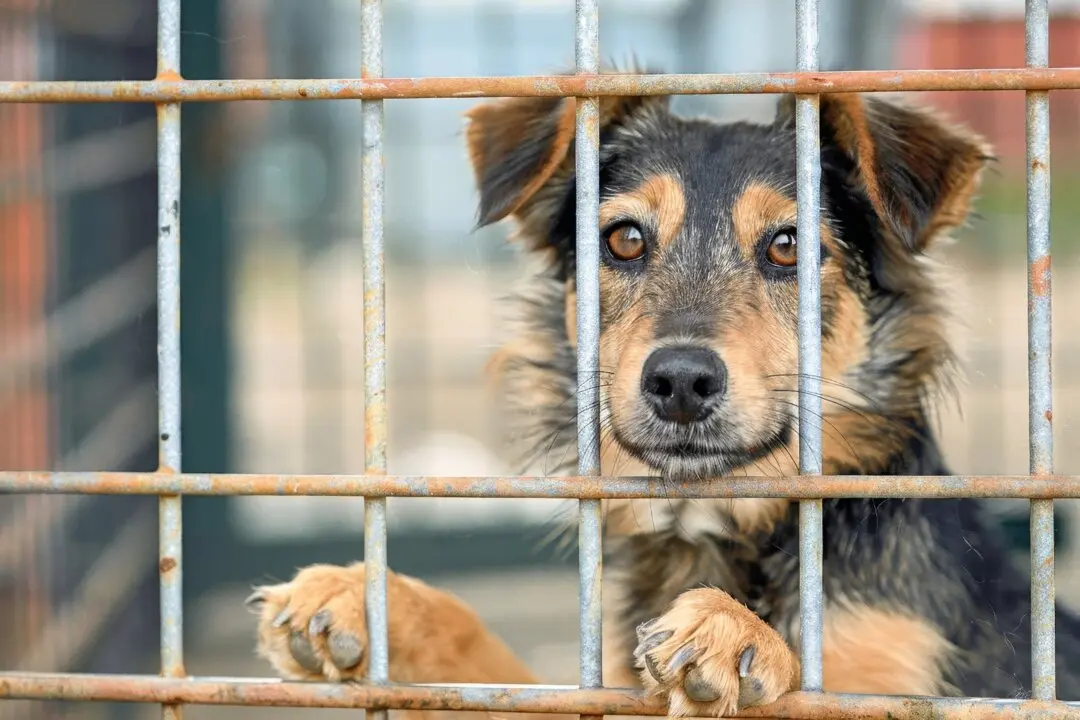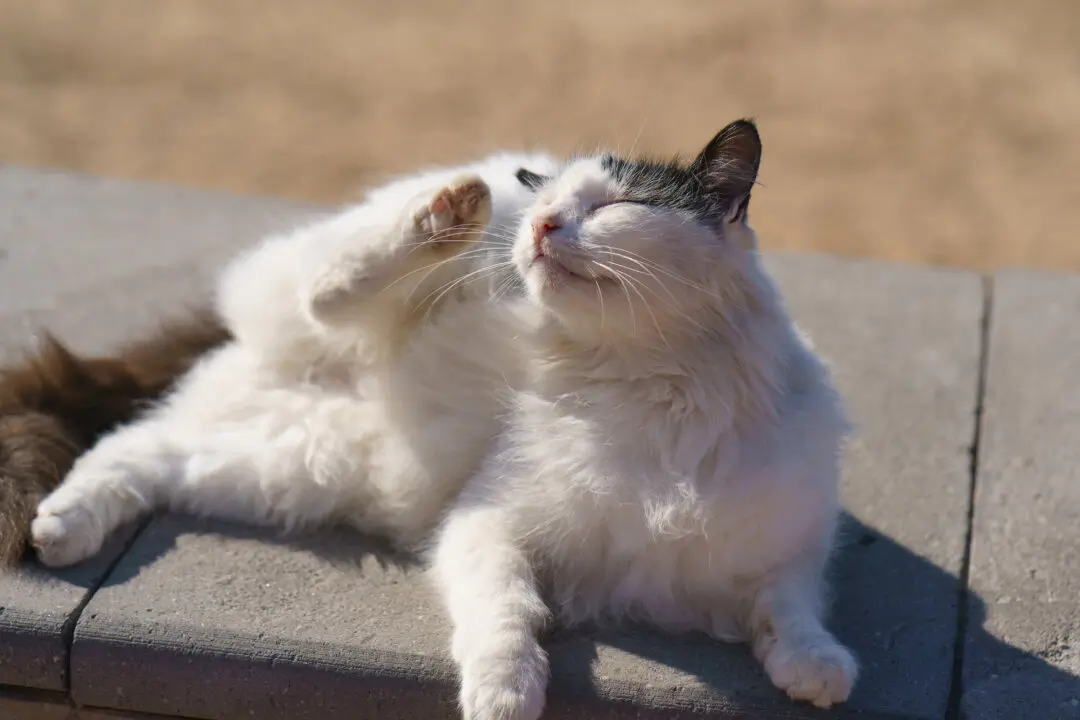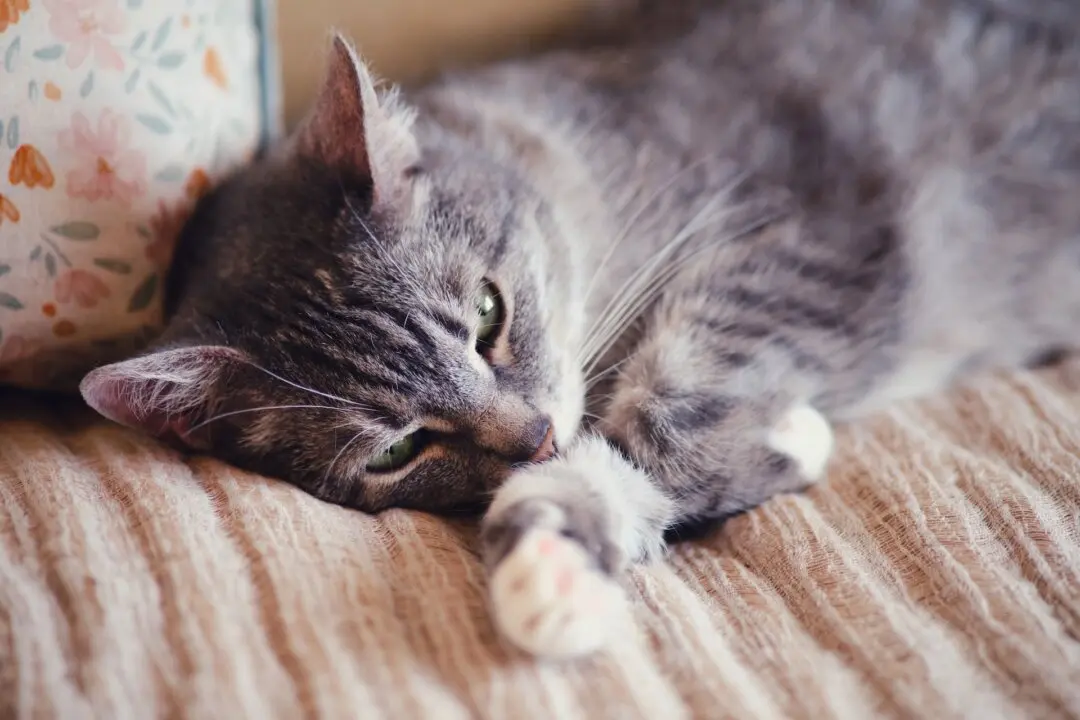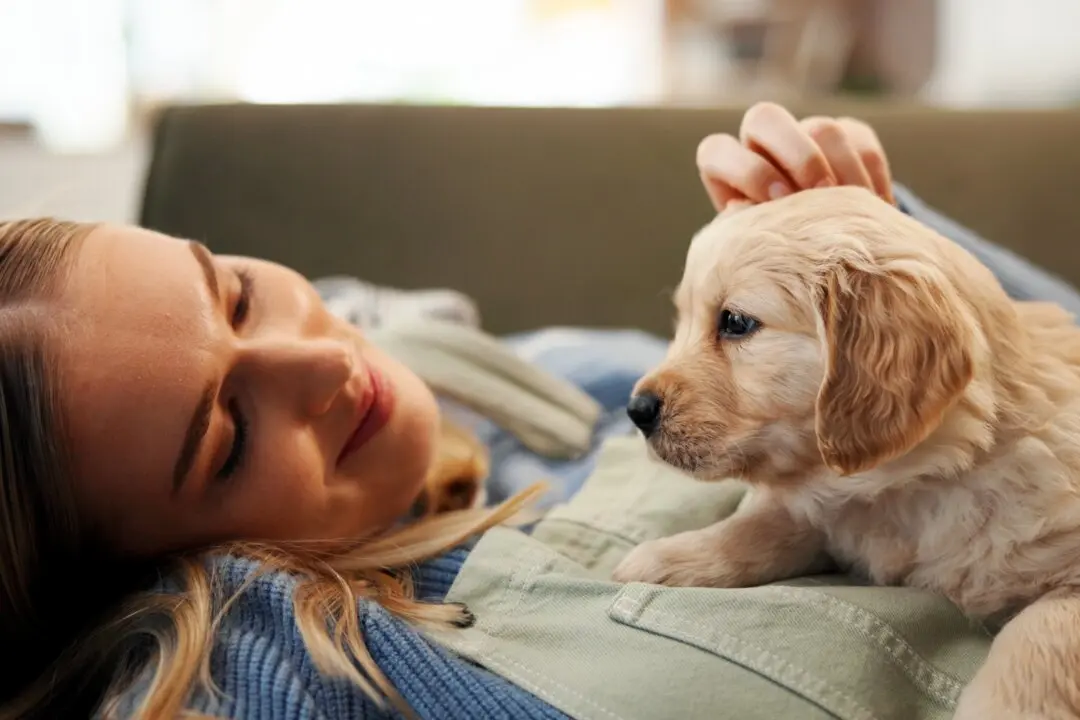Q: We recently adopted Reena, a curious, lively 6-month-old puppy. Please advise us about keeping her safe during her first Hanukkah, when our young children will want her to participate in the festivities.
A: During the eight nights of Hanukkah, the Festival of Lights, as you light your menorah’s candles to celebrate the miracle that a one-day supply of sacred oil lasted eight days, keep Reena’s nose and tail away from the flames. You don’t want her to singe her fur or knock over a candle and start a fire.





